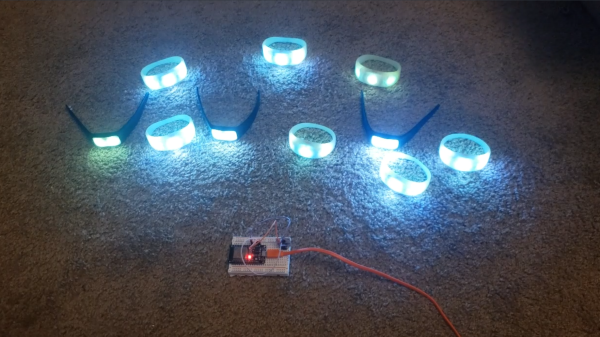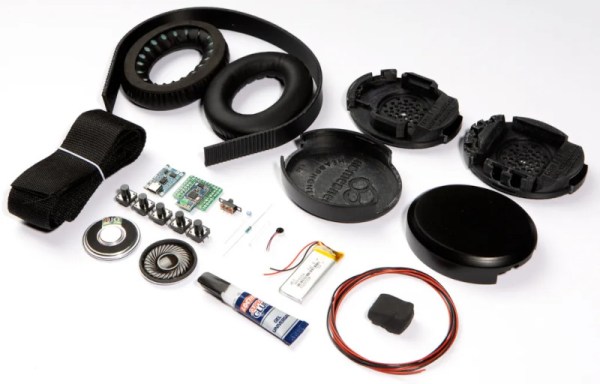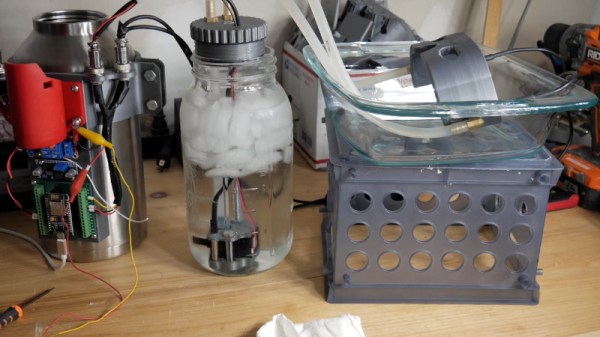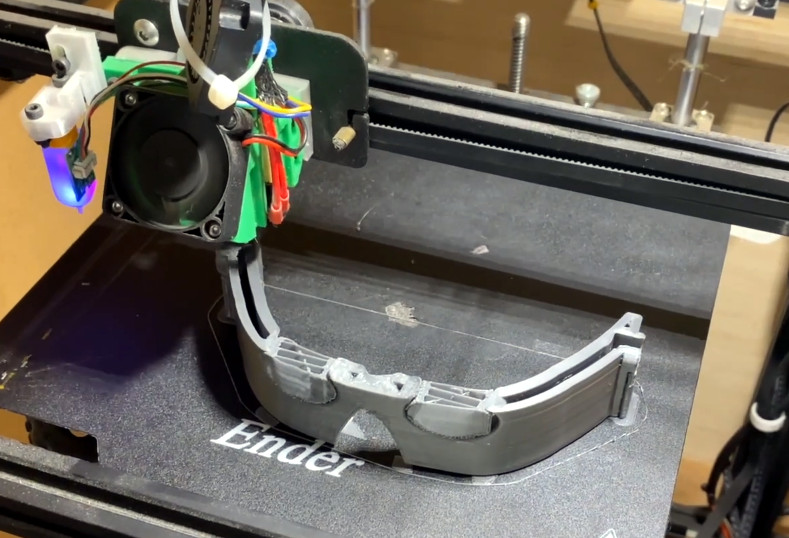Sweaty feet can be uncomfortable, and the smell generated in one’s shoes isn’t much to admire, either. In an effort to help solve this issue, [Revoxdyna] has created a cooler for one’s feet that should help out in hot conditions.
Modern shoes, particularly sneakers, are often ventilated, but it’s not always enough. This build takes things further, using active cooling. Water is pumped through tubes and into a copper insole which cools the sole of the foot. It’s achieved thanks to a pump assembly that mounts to the rear of the shoe in a 3D printed housing. The water itself is chilled with a thermoelectric cooler, which helps remove heat from the shoe area.
There is some bulk to the design, which would prevent its use in performance applications in its current form. However, we could imagine companies like Nike leaping at the chance to build some very fancy, high-tech shoes along these lines in future. After all, they already managed to create power laces, and this is even cooler again! Pun definitely intended.

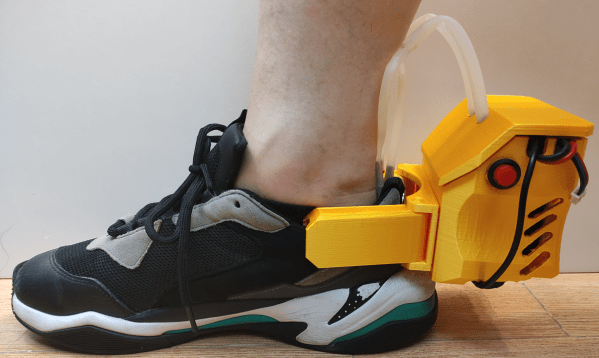



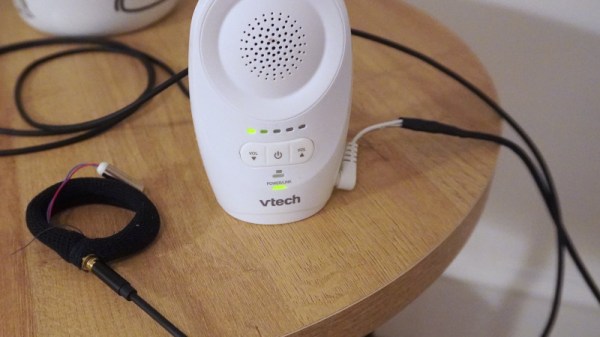
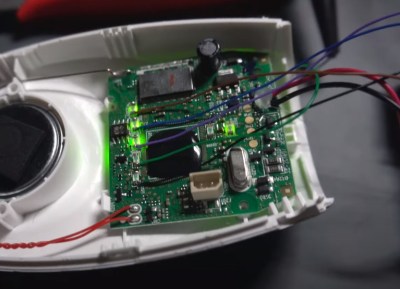
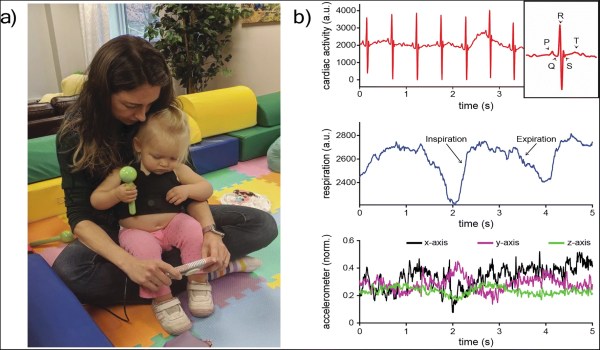
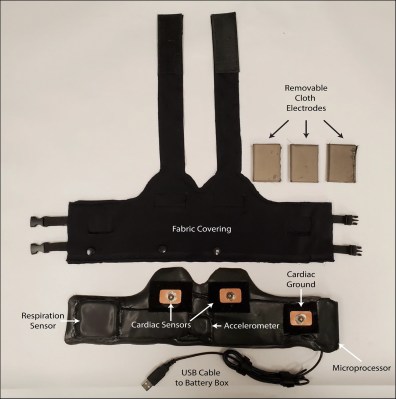 Their device includes a number of components we’ve seen already. There is an HC-05 Bluetooth module,
Their device includes a number of components we’ve seen already. There is an HC-05 Bluetooth module, 